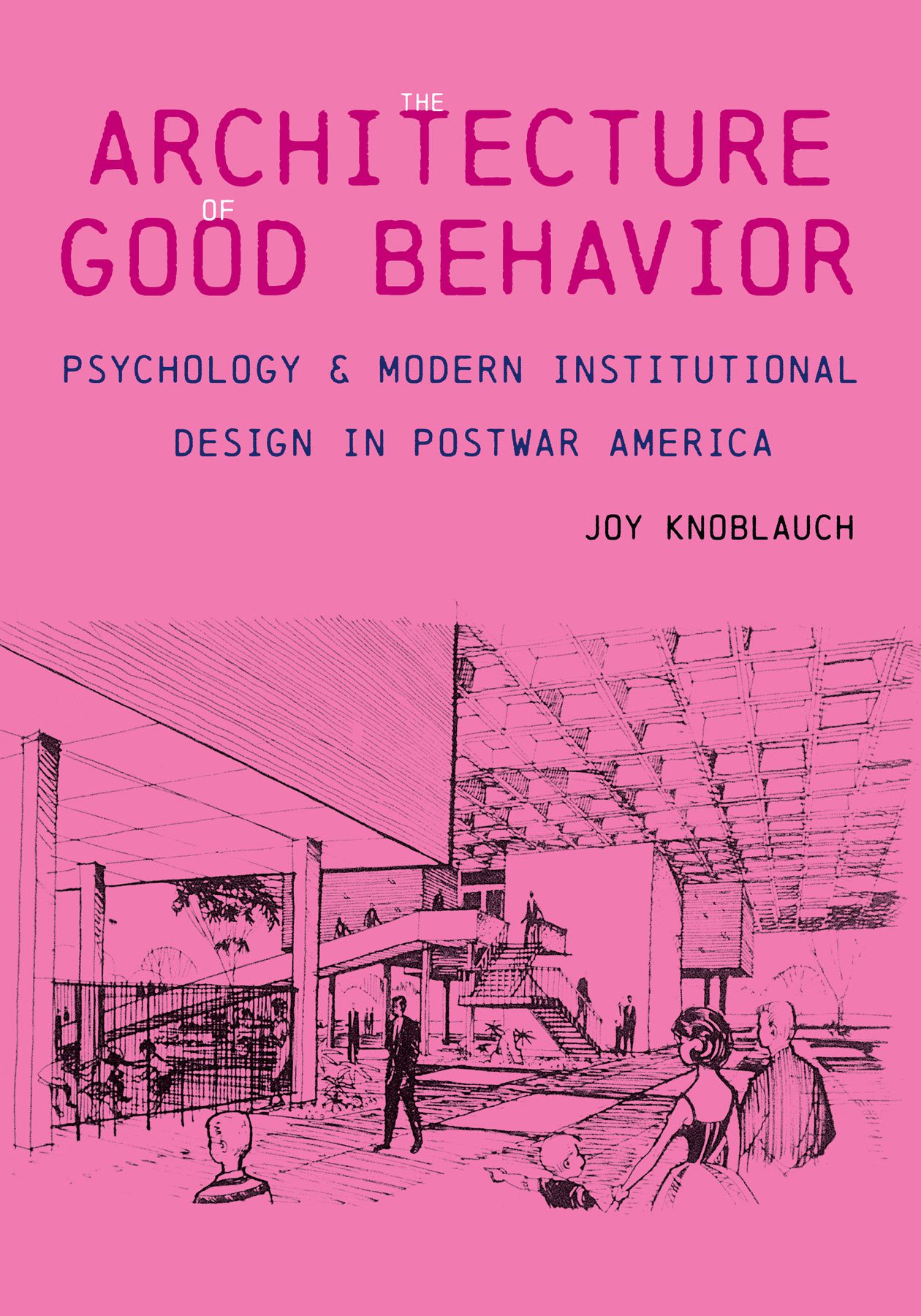The Architecture of Good Behavior tells the story of the United States government’s investment in the idea of psychological functionalism as a political tool. After World War II, this included the ambition to build institutions that would capture the attention and bodies of every U.S. citizen. In order to craft these institutions, architects were asked work with population studies and theorize new ways to influence behavior with the background medium of architecture. Hospitals, mental health centers, prisons, and public housing took on more diffuse forms suited to psychological functionalism, or the attempt to make inhabitant behavior more functional through design. Architects gained new roles as researchers, organizers, and writers as theories of confinement, territory, and surveillance proliferated.

